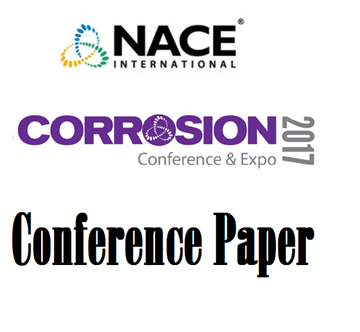Search
98359 FIELD EXPOSURE IN INDOOR ENVIRONMENTS AS A BASIS FOR THE DEVELOPMENT OF A CLASSIFICATION SYSTEM FOR ATMOSPHERIC CORROSMTY.
Also Purchased
98344 ATMOSPHERIC CORROSION PERFORMANCE OF HOT-DIP GALVANIZED BOLTS FOR FASTENING WEATHERING STEEL GUIDERAIL
Product Number:
51300-98344-SG
ISBN:
98344 1998 CP
$20.00
51312-01374-Short Term Atmospheric Corrosion of Low Carbon Steel
Product Number:
51312-01374-SG
ISBN:
01374 2012 CP
Publication Date:
2012
$20.00
Continuous Monitoring of Atmospheric Corrosion and Coating Degradation
Product Number:
51317--8834-SG
ISBN:
8834 2017 CP
Publication Date:
2017
$20.00




